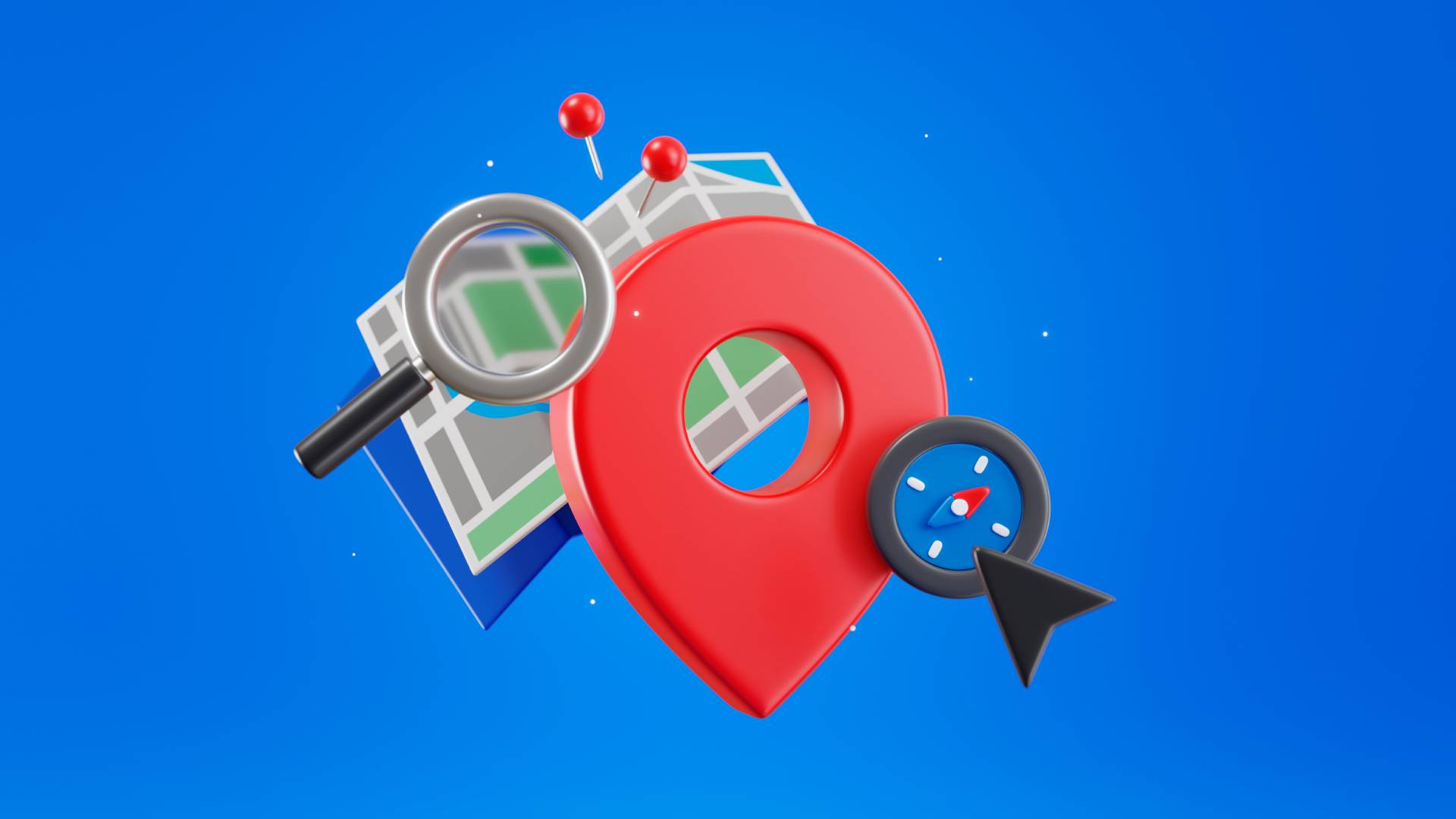Panamedia | Digital Marketing Agency in Dubai

A prospective client is down the street, searching on their phone for “best coffee near me” or “shoe fix in my city.” At that moment, will they find you or your competitor? For every business with a store, capturing these “near me” searches is essential for survival and growth. And that’s where local SEO comes in.
Local SEO is the practice of specializing in optimizing your online presence to capture more business from local searches nearby. It’s not a question of being seen by everyone everywhere, but being seen by the people who are local and local-buying-ready. The following is a 5-step plan towards becoming more visible and driving more local consumers into your shop.
Your Google Business Profile has the largest impact on local search ranking. It’s your online storefront. It’s the knowledge panel that appears in Google Maps and to the right of Google search results, featuring your address, hours, photos, and reviews.
Reviews are a huge trust signal to potential customers and Google’s algorithm. A steady stream of positive reviews tells Google you’re a real and reputable local business.
NAP is short for Name, Address, and Phone Number. This data, including your site, must be 100% identical wherever it is visible online. These are referred to as “citations” and are located on directories such as Yelp, Foursquare, and other local or niche sites. Inconsistent data loses trust with Google and hurts your ranking. This is an introductory component of any technical local SEO approach.
Your site itself must indicate to Google where you are based. It’s not sufficient just to publish your address on the contact page. You must integrate your location into the content of your site.
A backlink is a link to your website from another website. When it comes to local SEO, a link from another well-regarded local business or organization is similar to a strong vote of confidence.
Optimizing your Google local search ranking isn’t a matter of mystique. It’s a matter of proving to the search engines that you’re an active, authoritative, and relevant business to customers in a specific geographic area. Being consistent across all platforms, being dedicated to engaging with your customers, and publishing helpful local content are the pillars of a successful strategy.
Read also: Local SEO vs. National SEO: What’s the Difference?
Start today by doing a thorough audit of your Google Business Profile. Mastering the use of this single, free tool is the greatest single-step improvement you can make to maximize your local visibility and customer attraction.